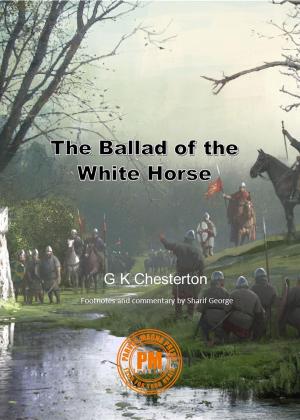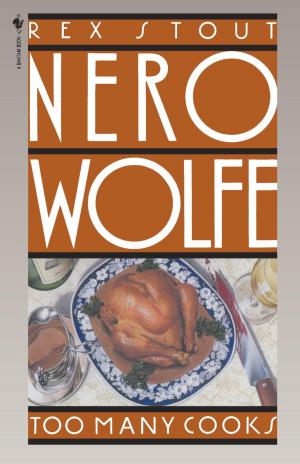| Author: | Lee Raye, Robert Sibbald | ISBN: | 9788827503751 |
| Publisher: | Lee Raye | Publication: | December 17, 2017 |
| Imprint: | Language: | English |
| Author: | Lee Raye, Robert Sibbald |
| ISBN: | 9788827503751 |
| Publisher: | Lee Raye |
| Publication: | December 17, 2017 |
| Imprint: | |
| Language: | English |
"There must be a divine kindness directed towards our homeland, because most of our animals have a use for human life. We also lack those wild and savage ones of other regions. Wolves were common once upon a time, and even bears are spoken of among the Scottish: but time extinguished the genera and they are extirpated from the island."
Translated in full for the first time, THE ANIMALS OF SCOTLAND is one of the six sections of Scotia Illustrata, Robert Sibbald's (1684) magnum opus. This is one of the earliest and greatest Baconian regional natural histories, and it crowd-sourced information from eight named contemporaries to catalogue the 17th century fauna of Scotland.
Robert Sibbald describes a Scotland where the wolf and bear are no longer present. Eagles hunt salmon in the estuaries, but the beaver and bustard have not been seen in many years. Within this declining ecosystem, natural history is both a religious experience and a profitable venture. ANIMALS OF SCOTLAND simultaneously chronicles the declining wildlife of Scotland, and explains how it is best exploited for profit, medicine and food.
Translated and edited by L Raye
"There must be a divine kindness directed towards our homeland, because most of our animals have a use for human life. We also lack those wild and savage ones of other regions. Wolves were common once upon a time, and even bears are spoken of among the Scottish: but time extinguished the genera and they are extirpated from the island."
Translated in full for the first time, THE ANIMALS OF SCOTLAND is one of the six sections of Scotia Illustrata, Robert Sibbald's (1684) magnum opus. This is one of the earliest and greatest Baconian regional natural histories, and it crowd-sourced information from eight named contemporaries to catalogue the 17th century fauna of Scotland.
Robert Sibbald describes a Scotland where the wolf and bear are no longer present. Eagles hunt salmon in the estuaries, but the beaver and bustard have not been seen in many years. Within this declining ecosystem, natural history is both a religious experience and a profitable venture. ANIMALS OF SCOTLAND simultaneously chronicles the declining wildlife of Scotland, and explains how it is best exploited for profit, medicine and food.
Translated and edited by L Raye















